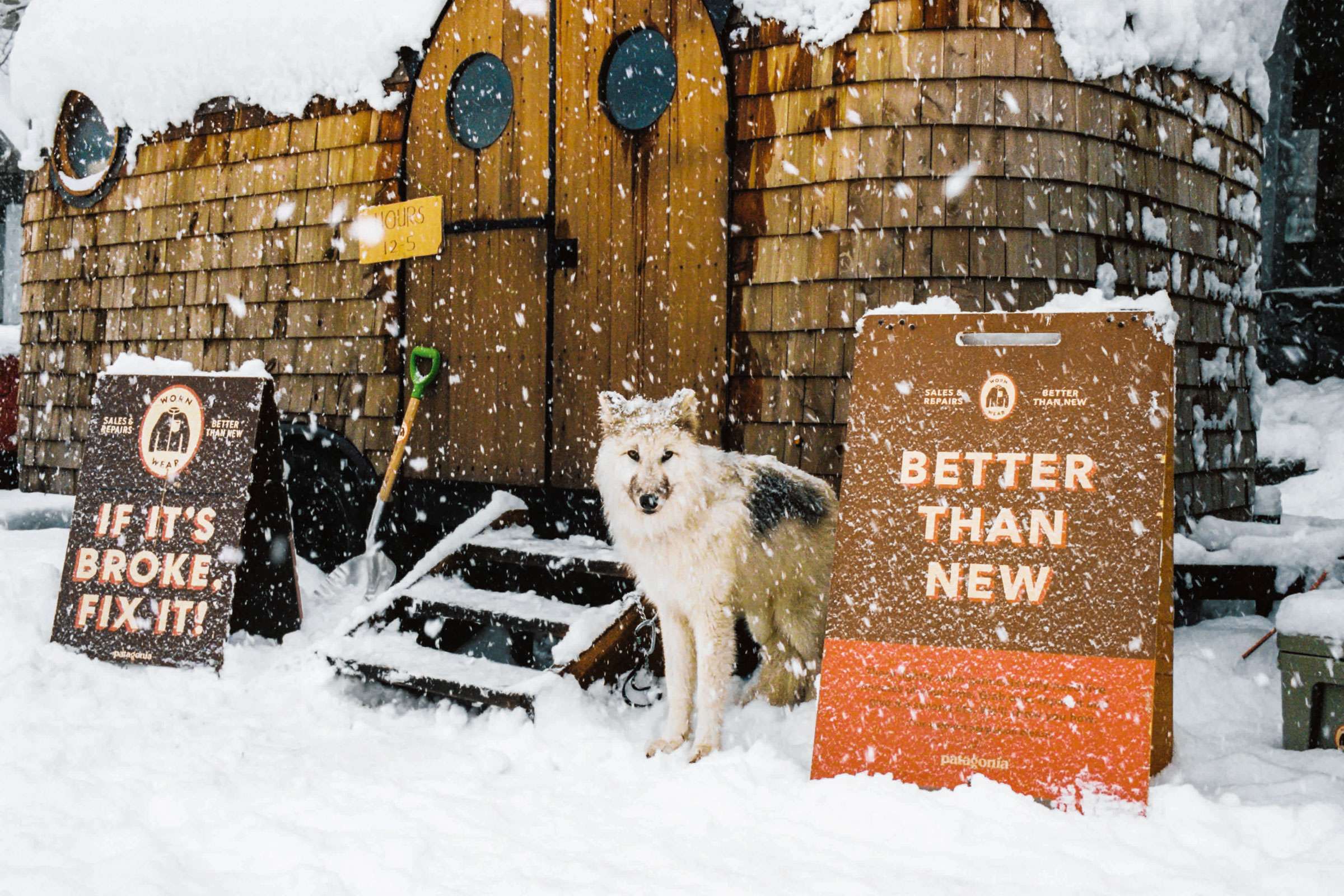Story at a glance
- Consumer-driven initiatives like the Worn Wear program sells used Patagonia merchandise purchased back from customers who are done with it.
- Patagonia Vice President of Environmental Initiatives Rick Ridgeway shares his thoughts on the company’s anti-consumption mission.
- The global fashion industry is on track to account for a quarter of the world’s annual carbon budget by 2050.
Rick Ridgeway and Yvon Chouinard, founder of outdoor apparel giant Patagonia, met in the early ’70s as climbing partners, spotting each other along climbs through California. It was a golden age for the sport and the beginning of an environmental renaissance. When the duo first met, the company that would become Patagonia, was still relatively nascent.
-
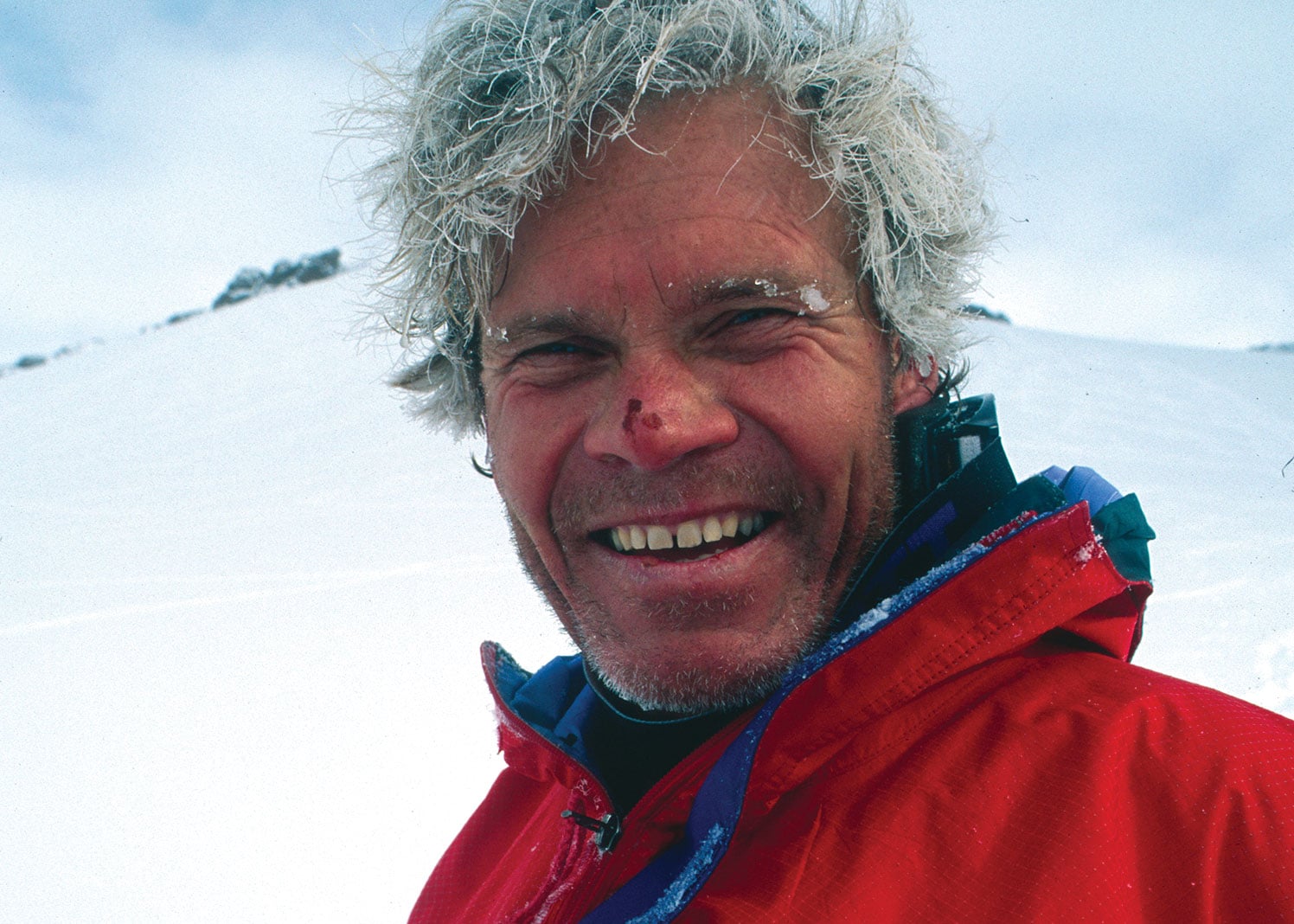
- Rick Ridgeway is an adventurer as well as Patagonia’s vice president of environmental initiatives. Photo courtesy of Patagonia
In addition to climbing, plus a bit of surfing, Ridgeway was a photographer, filmmaker, and a writer as well as a content licensing contractor. He worked with Patagonia on the side, maintaining a strong relationship with the founding cohort, while continuing his own adventure-oriented photo and film business. But in 2005, Patagonia was looking for someone to take over its growing environmental initiatives and create public awareness around its sustainability projects. With the encouragement of his wife—try a real job, she joked—Ridgeway joined the team. “It was the first time I’d ever worked for a company other than my own,” he laughs.
More than 10 years later, Ridgeway is still around. Despite his previous misgivings about corporate drudgery and 9-to-5s, he found himself having a great time. Today he’s the vice president of environmental initiatives, and Patagonia is no small player in the global push for sustainability and environmental awareness. Both values are core to the company mission, which has led the organization to go as far as placing ads in major media outlets against the purchasing of their apparel and, more recently, led Chouinard to declare war on threats to national public lands.

Patagonia’s Worn Wear program provides significant resources for customers to responsibly care for, repair, resell, and reuse its products and then recycle them at the end of a garment’s life. Photo by Donnie Hedden
Patagonia walks its talk, too. Consumer-driven initiatives like the Worn Wear program, which sells used Patagonia merchandise purchased back from customers who are done with it, promote the company’s anti-consumption mission. At the same time, internal initiatives drive employee engagement and work-life balance. “It feels like it keeps getting better,” Ridgeway says. “The company has continued to deepen its commitment to environmental protection.”
Considering the global fashion industry is on track to account for a quarter of the world’s annual carbon budget by 2050, according to the Ellen MacArthur Foundation, Patagonia stepped up to address the industry’s massive waste problem. Ridgeway says the best way to reduce the environmental and carbon footprint of your clothes is to keep them in use longer—by you or by someone else.
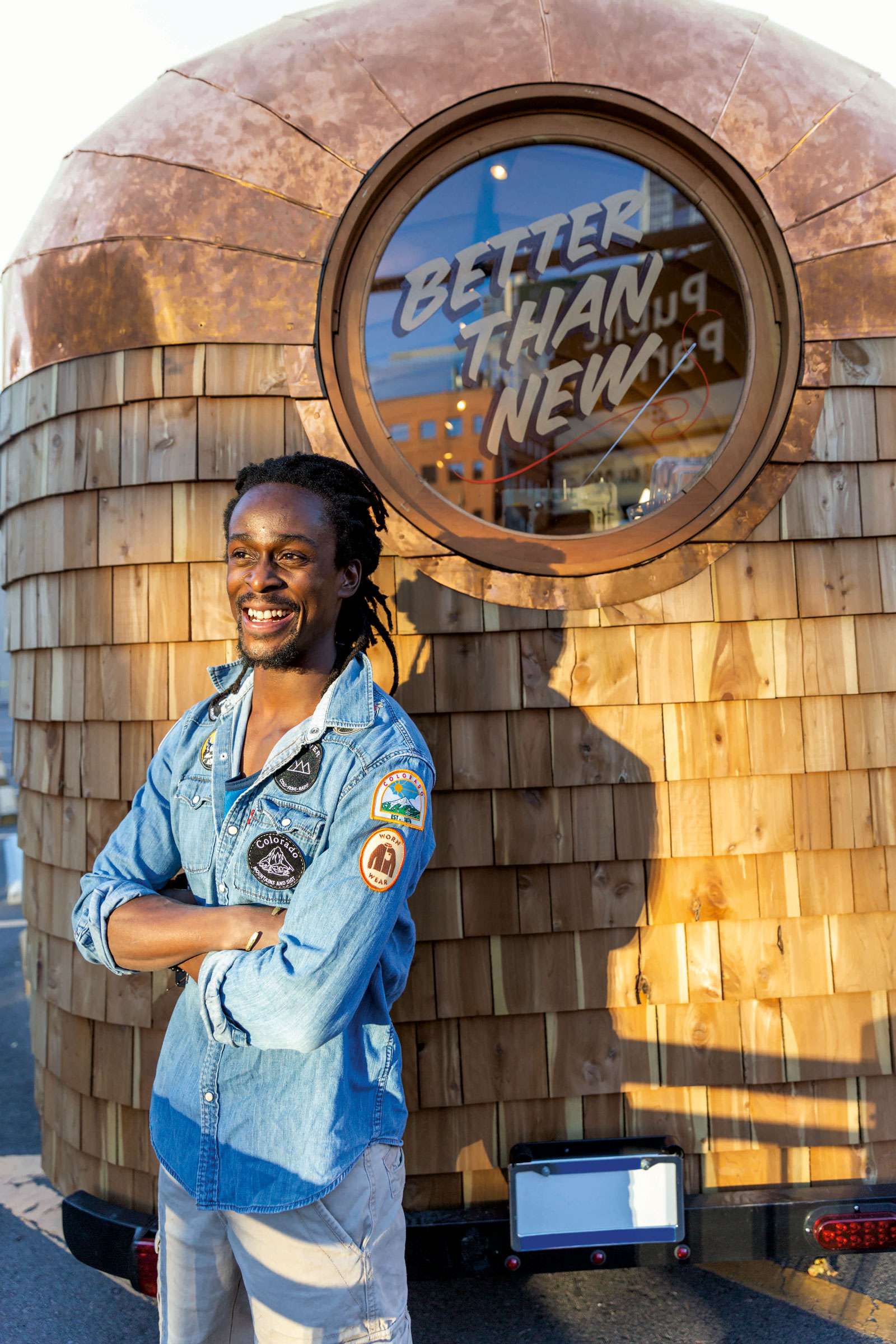
Patagonia’s Worn Wear business addresses the apparel industry’s massive waste problem by helping reduce consumption and apparel waste through repair and reuse. Photo by Kern Ducote
Today Worn Wear provides significant resources for its customers to responsibly care for, repair, resell, and reuse its products and then recycle them at the end of a garment’s life. Worn Wear operates through global repair centers and tours, and the efforts so far has been largely successful. The Worn Wear business has been profitable since its inception and, over the past three years, the secondhand clothing market has grown 21 times faster than the overall apparel industry, according to Patagonia. The resale clothing industry is expected to more than double by 2024.
How the future will be shaped by the actions of the global business community remains to be seen, but Ridgeway says Patagonia is just getting started.
“There is no business on a dead planet.”
RICK RIDGEWAY, PATAGONIA
gb&d: What has it felt like to watch Patagonia’s commitment to sustainability deepen over the years?
Ridgeway: Patagonia has always had a commitment to cutting-edge products, and it’s always had a commitment to environmental protection, but those commitments have never been stronger and never deeper than they are right now. The company is doing everything in its power for environmental protection. It is increasingly fierce.
It’s a place that’s a privilege to work in. The group has always been a range of climbers and surfers and skiers. Company values can get diluted over time in some ways, but here it’s the opposite.
gb&d: What has inspired that strengthening of mission?
Ridgeway: The owners have always been that way; nothing has changed there. What’s continued to evolve and get even deeper is the highest level leadership in the company. Under our current CEO, it’s just on fire—that roll up the sleeves mentality and that commitment to resistance.
gb&d: What are some Patagonia takeaways about mixing business with mission-driven advocacy that other companies can learn from?
Ridgeway: One of the most fundamental philosophies in this company is the commitment to quality products. The first part of our mission is “Make the best product, and make it with no unnecessary harm.” But that product trumps everything. And we recognize a commitment to the best, most durable product isn’t itself an environmental commitment. Instead this is born out by lifespan. The footprint of an apparel product decreases exponentially as the life and durability of that product increase, from 5 years to 10 years to 15 years or more.
If the footprint of making and transporting a product can decrease exponentially as its life extends, then making the best product we can is also the most important environmental commitment that we have, with regard to product.
It’s a commitment that’s a refreshing change from consumerism. It’s not new. It’s profoundly retroactive of the values around not only how we made things in this country but also the way we cared for them and appreciated them. Patagonia can only do this by its commitment to making the best products it can. And, of course, we make it as sustainably as we can. I’m really proud of this.
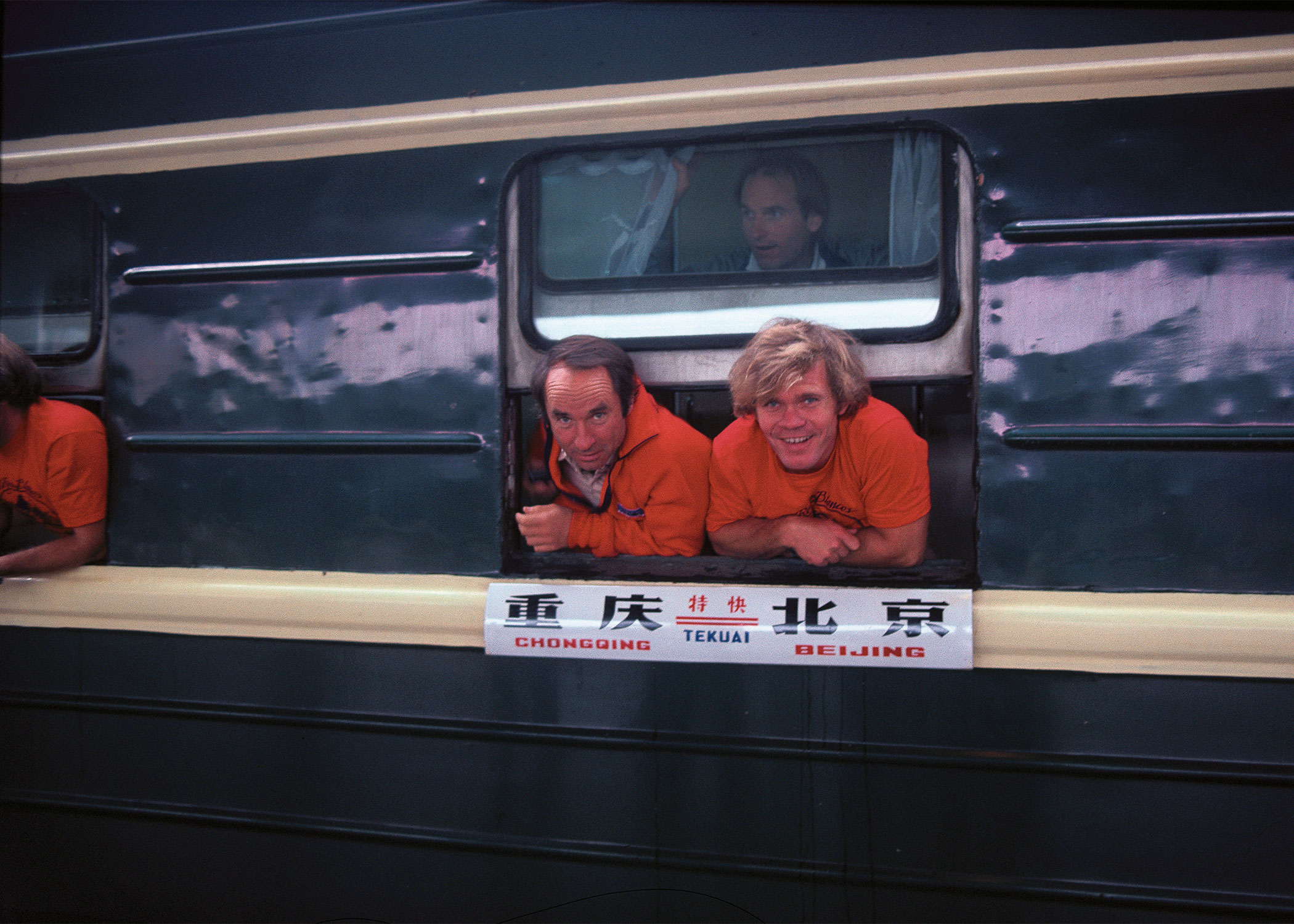
[Photo: Courtesy of Patagonia]
Ridgeway: When you consider the growing population on the planet, and you especially consider the increasing material affluence of that population, you get to the point in the not too distant future that the natural systems of the planet collapse. Without addressing consumption, there isn’t a solution.
We’re making the best, most durable product we can, and we’re also asking our customers not to buy it unless they really need it. And if they are using it, to keep it and maintain it. And if they aren’t going to keep it, to give it away.
gb&d: What does the future hold for this impact?
Ridgeway: With the Worn Wear program, we’re now in the used clothing business and taking back products people can no longer use.
Patagonia has a model that’s working. We’re taking market share, and we know that. But if other companies have to lose business to reduce overall consumption, that chips away at the underpinnings of capitalism. And no one yet understands what a new system will look like.
We want to be a company that encourages other companies to look at this.
gb&d: You’ve spoken a lot about new, evolved thinking. How has Patagonia been guided by philosophical underpinnings to turn that thinking into action?
Ridgeway: One thing that hasn’t evolved at Patagonia is the mission that guides us. Our mission was developed in the early ’90s after years of consideration. It came out of thinking that goes back to the early ’70s and the economists who first started to question the trajectory of the global economy. Part of that thinking is the importance of conserving and protecting the natural parts of the planet, which is also in Patagonia’s DNA.
It’s not just because we’re in the business of making gear for people who love outdoor sports. There is no business on a dead planet. A healthy planet is essential to a healthy business. Business, society, planet—we understand how interrelated it all is.
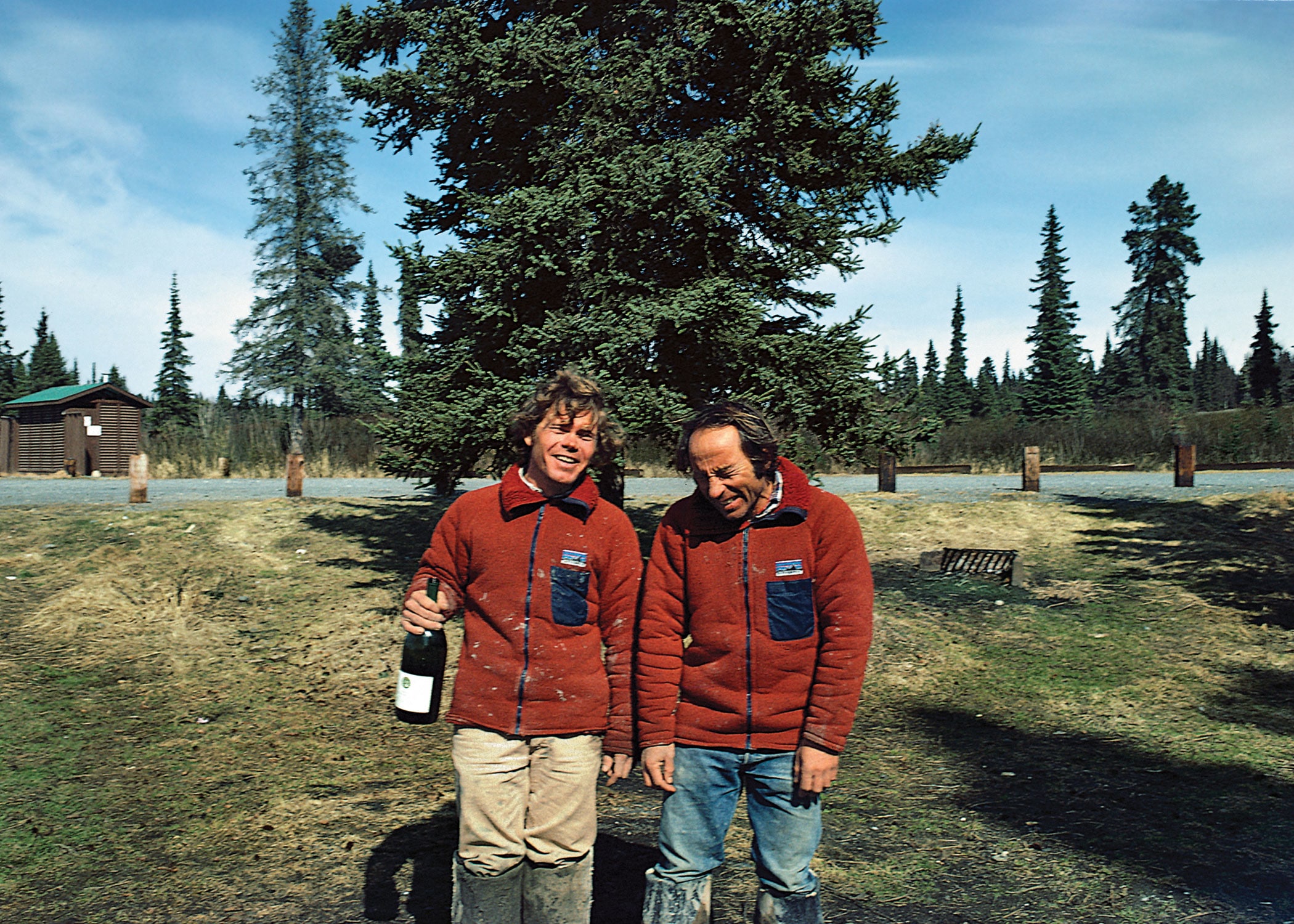
Photo courtesy of Patagonia
Take the Worn Wear program or our partnership with customers to keep things in repair—these came out of the 2011 “Don’t buy this jacket” ad. That’s just one example of many showing how an initiative can connect to the original philosophies a company can be founded on.
What are the missing pieces in our business model that could help us be most responsible to our customers?
gb&d: Can you talk a bit more about the Defend initiative and how you’ve been involved in Patagonia’s efforts to save public lands?
Ridgeway: The initiative’s roots go all the way back to the beginning of the company, those founding values and early experiences of the old guard. We were in our 20s and developing our skills as climbers and backcountry skiers.
As the wildness of those favorite areas started to shift, and as we became more attuned to that, we became more alarmed.
To see complete wilderness turned into a city, grassland become deserts, all in your own lifetime—that’s where the commitment to environmental protection comes from. We’re bearing witness to it. It’s in defense of what we loved in our youth.
So when we are faced with an administration that wants to decrease the size of the country’s protected areas, well those are fighting words for us—certainly if you understand the need for natural areas to business health and human health. It doesn’t add up in any sort of economical calculation.
gb&d: Turning back to Patagonia products, what was the inspiration behind the Workwear line? Do you have any favorite pieces?
Ridgeway: In the marketing department, I’m the old dude. I’m sitting here wearing one of the first things I got from Chouinard, a pair of black canvas pants that were informed completely by the pants he wore as a blacksmith—really rugged and durable. When I had to go out and do work other than writing and photography, often carpentry, I wore these pants as much as I wore them climbing.
And when I started taking photographs, more than half the time I photographed workers using these products. I photographed carpenters building houses, a ceramist creating huge pots in a big art studio, a worker in San Francisco who worked on repairs for the Golden Gate Bridge, window washers in high-rises, a myriad of different people. The clothes we made back then were used for work wear as much as they were for climbing. There’s always been that close alignment for the gear we make. It was just a natural evolution for the company to actively promote work garments.
Of course, the fabrics have continued to evolve. I just bought a pair of pants last week, and I can tell just by the feel of the fabric that this new hemp-cotton poly-blend is a whole new order of durability. I’m really looking forward to wearing these things. Any apparel company can call products heavy duty. But these are built to last for years, and they are literally heavy. When I first put them on, it was like déjà vu back to the fit of the blacksmithing design I had in the early ’70s.
gb&d: Any words of advice for business leaders who also want to stand up for sustainability, resiliency, or other mission-drive values?
Ridgeway: My top piece of advice is also the hardest to implement, but I think it’s the most important. That is to do your homework—to study the macroeconomics of global consumption, its long-term trends, and to understand as deeply as you can the impacts humans are having on the plant.
Here’s the hard part: From there, it’s to pressure-test your business model against those trends. To understand the consequences of those trends, and to then figure out how you’re going to adjust your business model to be as resilient as possible. Once you do that—if you’re a person of moral character, you’ll understand you have to do every thing in your power to help avoid and reduce the consequences you now understand.

